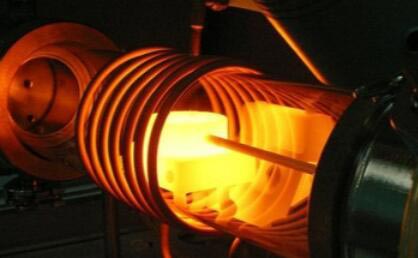What is the heat treatment for die casting?
Heat treatment for die casting is a critical process used to enhance the mechanical properties and performance of metal components produced through die casting. The aim is to achieve desired hardness, strength, ductility, and fatigue resistance in the final product. Below are the key aspects of heat treatment in the context of die casting:
Heat Treatment Processes for Die Castings
1. Solution Treatment
– Purpose: To dissolve soluble alloying elements and create a homogeneous phase.
– Process: The die-cast part is heated to a specific temperature (usually between 450°C to 500°C for aluminum alloys) and held there for a defined time. This allows for the alloying elements to dissolve into the aluminum matrix.
2. Quenching
– Purpose: To rapidly cool the material to lock in the desired microstructure created during solution treatment.
– Process: After solution treatment, the component is quickly cooled using water, oil, or air. This rapid cooling helps retain the high-strength phase and achieve desirable mechanical properties.
3. Aging (Artificial Aging)
– Purpose: To increase the strength and hardness of the material.
– Process: After quenching, the component is subjected to an aging treatment, where it is reheated to a lower temperature (typically between 150°C to 250°C) for a specified duration. This process allows for precipitation hardening, which enhances the overall strength and hardness of the alloy.
4. Stress Relieving
– Purpose: To relieve internal stresses that may have developed during the casting process.
– Process: The cast part is heated to a temperature below its transformation range (often around 200°C to 300°C) and held for a period before cooling down slowly. This reduces residual stress, which can improve dimensional stability and reduce the risk of cracking.

Benefits of Heat Treatment in Die Casting
– Enhanced Mechanical Properties: Heat treatment improves properties such as tensile strength, hardness, and elongation.
– Improved Dimensional Stability: Reduces warping and shrinkage, ensuring more accurate dimensions in the final product.
– Increased Fatigue Resistance: Components can better withstand cyclic loading, making them suitable for demanding applications.
– Better Corrosion Resistance: In some cases, appropriate heat treatment can improve the corrosion resistance of die-cast components.
Considerations
– Material Selection: Different alloys require specific heat treatment protocols. It’s essential to follow guidelines based on the type of alloy being used.
– Control of Parameters: Factors such as temperature, time, and cooling rates must be carefully controlled to achieve the desired results without damaging the component.
– Post-Treatment Inspection: After heat treatment, components should be inspected for changes in mechanical properties and any potential defects.
In summary, heat treatment is a vital step in the die casting process that significantly influences the performance and durability of the finished products. By appropriately applying these techniques, manufacturers can ensure that their die-cast components meet the stringent requirements of various applications.




